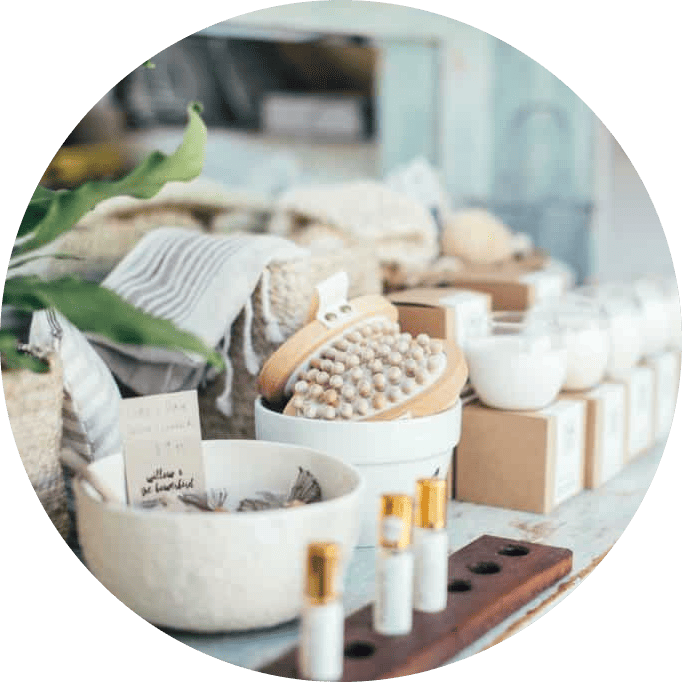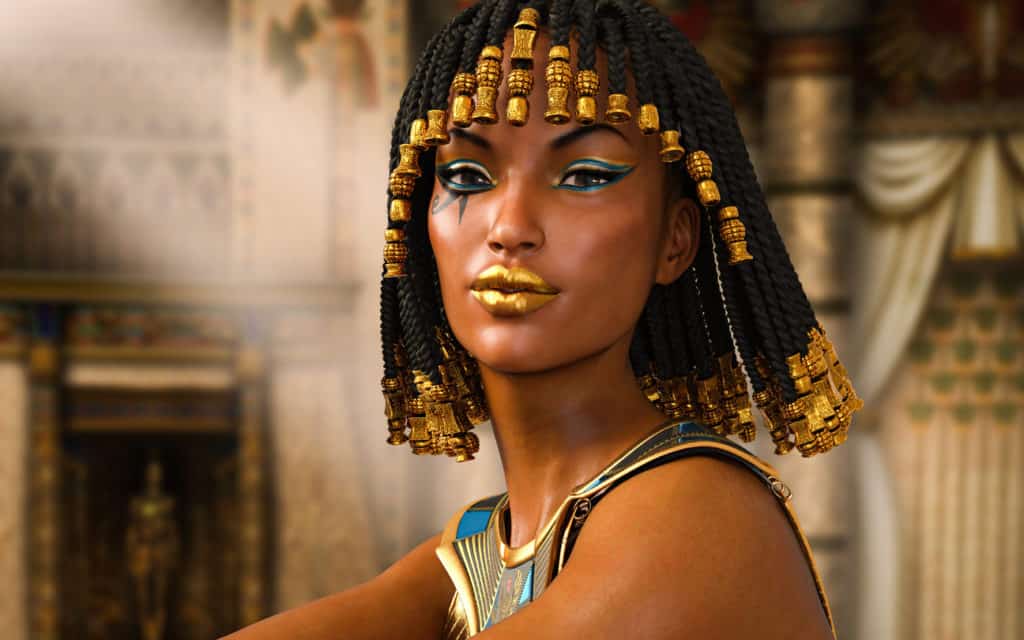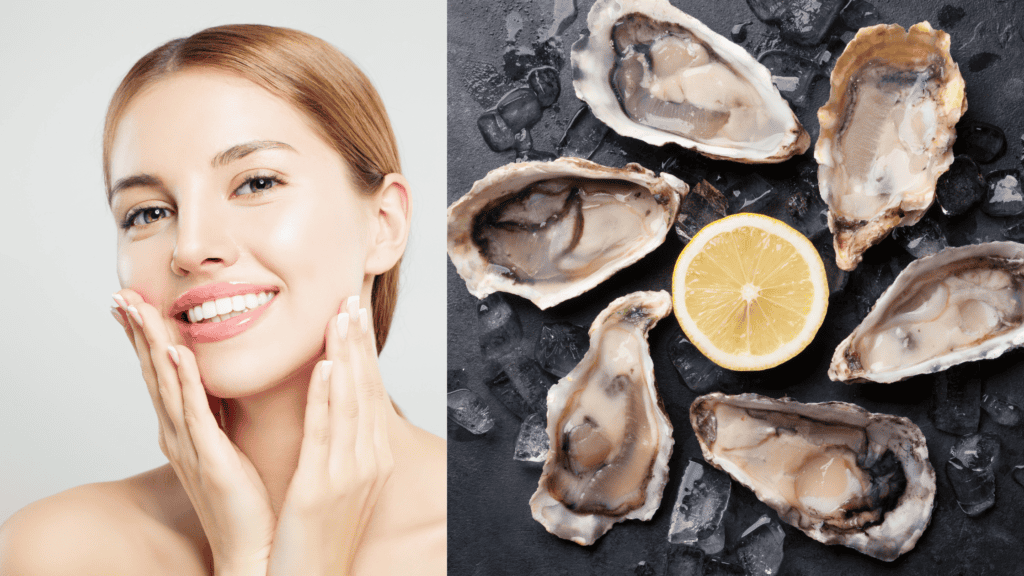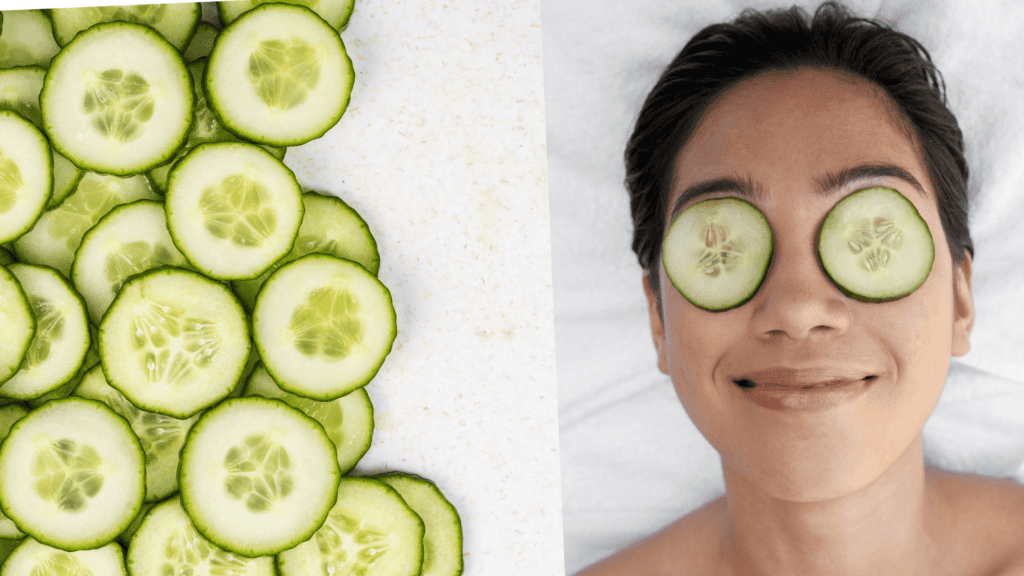Why Was Cleopatra Renowned For Her Beauty?
Cleopatra, VII Thea Philopator, [70/69 BC] was Queen of Egypt for twenty-two years. She reigned from the age of 18 until she was 39, at which point she died by her hand. History remembers Cleopatra as a great beauty; she was undoubtedly styled and made up, in the glamorous look of the day, and was wealthy, powerful, and alluring.
No other Egyptian queen has had their story remembered so vividly, inspiring plays, films, and fashion throughout the ages.
Cleopatra’s story, however, was bound up with two powerful men, Julius Ceasar and Mark Antony, which meant the power struggles of the era, combined with a love story that captured the popular imagination, cemented her story into history.
The wealth of the ancient Egyptian empire created a society in which beauty and aesthetics were paramount. Richly carved temples and tombs and exquisite art objects and personnel adornment created a glamorous lifestyle for the rich, and beauty was much coveted.
The women of this time went to great lengths to beautify themselves, with the upper classes and royalty having the best of what was available to them.
What Was Cleopatra’s Beauty Routine?
Cleopatra would have enjoyed an exotic and alluring, natural beauty routine. Cleanliness and beauty were holy, spiritual, and even magical practices.
A great many elements of these elaborate rituals have been recorded in historical texts and would have included ingredients and practices like;
How To Take a Milk Bath Like Cleopatra.
1. Milk Bath. The most famous of all Cleopatra’s beauty rituals was bathing in milk. Cleopatra kept over 700 donkeys for this purpose.
Milk is incredibly softening to the skin and has brightening and exfoliating properties due to the Lactic acid. You can create this at home by using milk powders which come in various types;
- Cows Milk Powder
- Goats milk Powder
- Buttermilk Powder
- Coconut Milk Powder
Pour a bath, add a cup of milk powder of your choice, a few drops of essential oil, such as jasmine, frankincense, or sandalwood, and a cup of dead sea salts. Sprinkle in a few rose petals, and you have a bath fit for a queen!
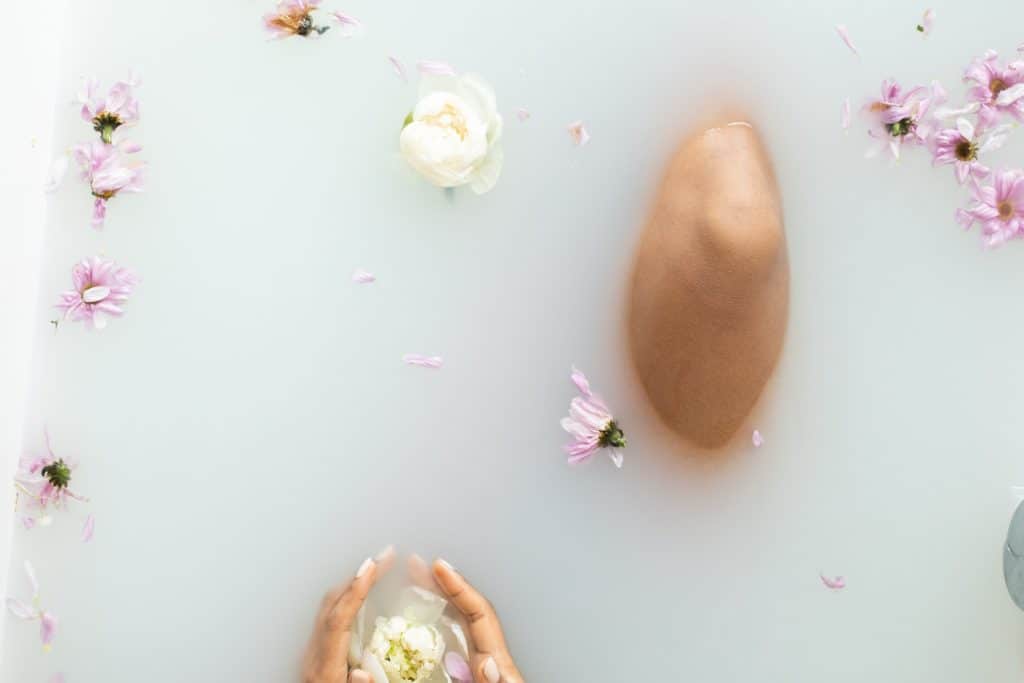
The Benefits Of Dead Sea Salt Baths.
2. Dead Sea Salts. Known for their incredible health and beauty benefits, the salts from the Dead Sea are rich in a unique blend of minerals.
Cleopatra was gifted land around the Dead Sea from Mark Antony, and she secured rights to it and built the first recorded natural spa there, some of which still stand at Ein Bokek and Ein Gedi.
Pour a bath with a cup of Dead Sea Salts. Salts soften your skin, boost circulation, relax the muscles, and absorb the energizing minerals often lacking in our bodies.

Dead Sea salts can also be made into exfoliating scrubs, added to shampoos and conditioners, and made into salt sprays for the hair. Read a post about The benefits Of Dead Sea Salts here.
What Fragrance Did Cleopatra Use?
3. Fragrance. The site of the Dead Sea also held a perfume factory Built by Cleopatra to make intoxicating perfumes, such as perfume made from Blue Lotus, which was sacred to the gods and had hallucinogenic properties.
Residue found in ancient pots and bottles contained olive oil, cinnamon, cardamom, and myrrh. A study of this residue was recreated into a fragrance, similar to the sticky, heady mix that would have been similar to the scent Cleopatra herself would have worn.
The best-known perfumes of this time were named Mendesian and Metopian.
Foe exotic perfume oils reminiscent of the scent Cleopatra would have worn, I love fragranced oils like these;
AMAALI Jasmine and Rose; Cedarwood and Vanilla add depth to this exotic fragrance and inspire attention.

Henna In Ancient Egypt.
4. Henna. A natural plant dye from the plant Lawsonia inermis, when dried and crushed and then activated with water, gives a vibrant orange/red color that you can use to color hair.
Some of the earliest recorded use of Henna was in Ancient Egypt, where it was an ingredient for painting fingernails and adorning the body.
Custom colors for queens like Cleopatra were made by adding other plants and berries to get the exact color for their hair. Henna has been used for centuries and is a popular and chemical-free way to dye hair today.

Henna covers greys and gives lasting saturated color to the hair. It also promotes the length, health, and thickness of the hair. Read this post to learn a few tips on how to use Henna.
Natural Kohl Eyeliner In Ancient Egypt.
5. Kohl Eyeliner. Paintings, carvings, and cosmetic implements show Kohl’s considerable importance in ancient Egypt. It is impossible to visualize a picture of Cleopatra without the heavily lined black kohl eye makeup.
During this period, all classes used Kohl and sexes not for cosmetic purposes but for medicinal, spiritual, and magical purposes.
Kohl eyeliner, created with Galena and Malachite, was crushed in pestle and mortars with plant oils, animal fats, and other beneficial ingredients with antibacterial, anti-viral, and astringent properties.

The sun’s glare was also a reason to shield the eyes by heavily lining them in black. This process, combined with the other medicinal properties, offered much-needed protection from harmful UV rays.
Kohl is still worn widely all across the world in different cultures. You can read more about the significance of Kohl in Ancient Egypt, more fully here.
100% Natural Egyptian Eyeliner in Powder Form, Handmade Eyeliner

Cleopatras Moisturizing Use Of Plant Oils.
6. Oils. Plant oils were essential to the ancient Egyptians; they were often payments for labor. Citizens of all social classes use moisturizing oils daily to keep their skin hydrated.
Cleopatra would have used oils like Olive, Sesame, and Amond; cosmetically, heavily scented with Frankincense, Myrrh, Thyme, Peppermint, Cedar, Rose, and Lavender.
Cleopatra was well known to love essential oils like Rose Oil and Frankincense. These oils are not only calming, stimulating, and fragrant but have remarkable anti-aging benefits.
The ancient Egyptians used plant Oils for moisturizing skin and hair, cosmetic preparations, and cleansing abilities.

Soothing Skincare Beauty Benefits Of Honey In Ancient Egypt.
7. Honey was a staple ingredient in Cleopatra’s decadent milk baths. Honey has many beneficial beauty benefits when used cosmetically.
The humectant properties of Honey draw moisture to the skin, but it also has anti-oxidant, anti-viral, and antibacterial properties that soothe and treat aggravated or irritated skin.
Honey is also cleansing and helps to soften and brighten the complexion and nourish hair, adding shine and softness. The ancient Egyptians used Honey on their face and hair masks to fortify and beautify themselves.
Look for honey-infused skincare, like the gorgeously scented, Honey Girl Organics Face & Eye Crème,

Royal jelly and beeswax were also used in various recipes and remedies for their potent nutrient-rich properties for cosmetic purposes.
Cleopatra’s Cosmetic Clay Beauty Masks.
8. Clay was used medicinally in Ancient Egypt because of its antiseptic and anti-inflammatory properties. Clay has many beauty benefits that help draw out toxins from the skin and hair and heal and cleanse.
Cleopatra used Clay as part of her beauty routine to smooth and clear her complexion.
The Ebers Papyrus, an ancient Egyptian medical text [1500BC], recorded clays such as Oche, a clay mixture of ferric oxide and silts and sands.
Clay had cosmetic and medicinal purposes, as did Red Oche, which had a red tint from the iron oxide. This red color would have made this an attractive cosmetic clay for makeup applications.
The natural beauty benefit of clays has been known for thousands of years. They are still an essential ingredient in natural beauty routines for clear, glowing complexions.

What Makeup Did Cleopatra Wear?
9. Makeup was an essential part of ancient Egyptian life. Both sexes often wore makeup as a sign of social status and enhanced their beauty.
Ornate, palettes, and bottles used for cosmetic purposes, discovered with other ancient artifacts, show how essential cosmetics were to the ancient Egyptians.
Alongside the heavily lined Kohl rimmed eyes, malachite was favored to create a vibrant green eyeshadow.
Look for non-toxic eyeshadow formulations in colors inspired by ancient Egypt!

Ancient Egyptians tinted their lips and cheeks with red natron, salts, and Honey. Although the lead salts had medicinal benefits by promoting more nitric oxide in the body, which helped ward off bacterial diseases, the ancient Egyptians believed these processes to be magical and spiritual manifestations.
Cleopatra favored red lips and used crushed carmine beetles to obtain the right shade.
ILIA – Color Block Lipstick – Non-Toxic, Vegan, Cruelty-Free, Clean Makeup – True Red

Beauty Benefit Of Roses In Ancient Egypt.
10. Roses have long been a symbol of romantic love. Their alluring scent and beauty have captivated many throughout history. Ancient Egypt was no exception, and the rose is symbolic of the goddess of love, Isis.
Cleopatra’s famed milk bath overflowed with rose petals, and she filled her chambers with them when greeting her lovers.

Roses and their scent had aphrodisiac associations and remarkable beauty benefits. Roses were put in perfumes, made into hydrosols, and mixed into oils.
Cleopatra’s beauty routine was an essential part of who she was. The many natural elements can be replicated today, as it contains simple natural ingredients that are still widely available.
This post contains affiliate links. If you purchase through these links, we may earn a small commission, not affecting your sale.
